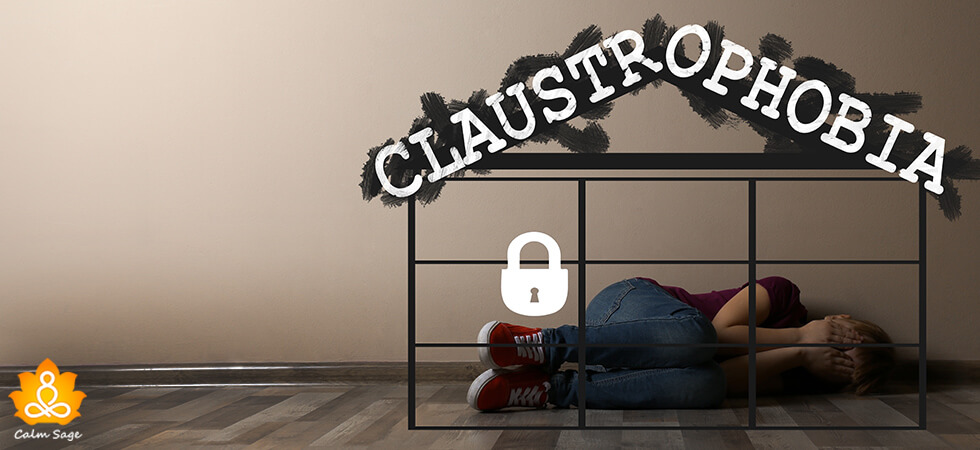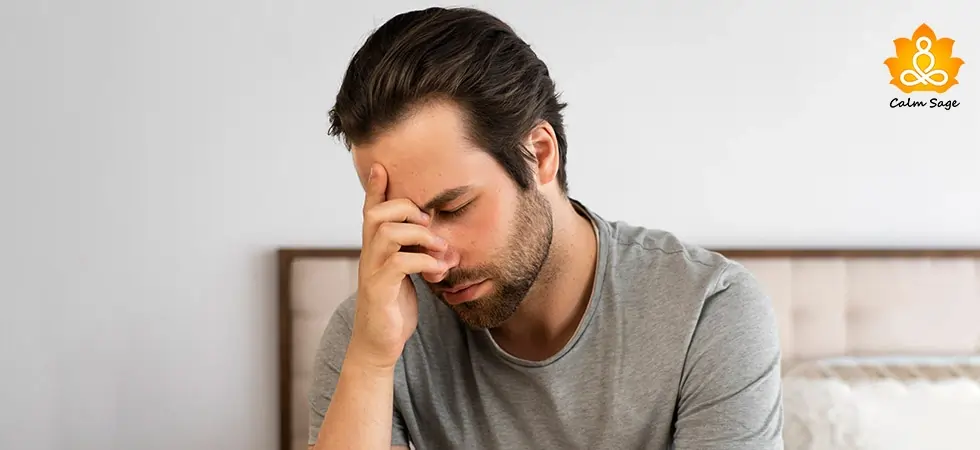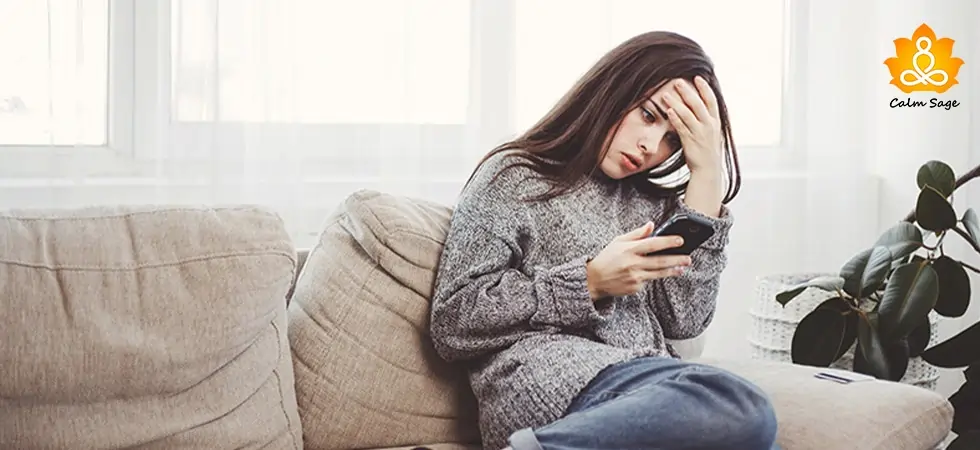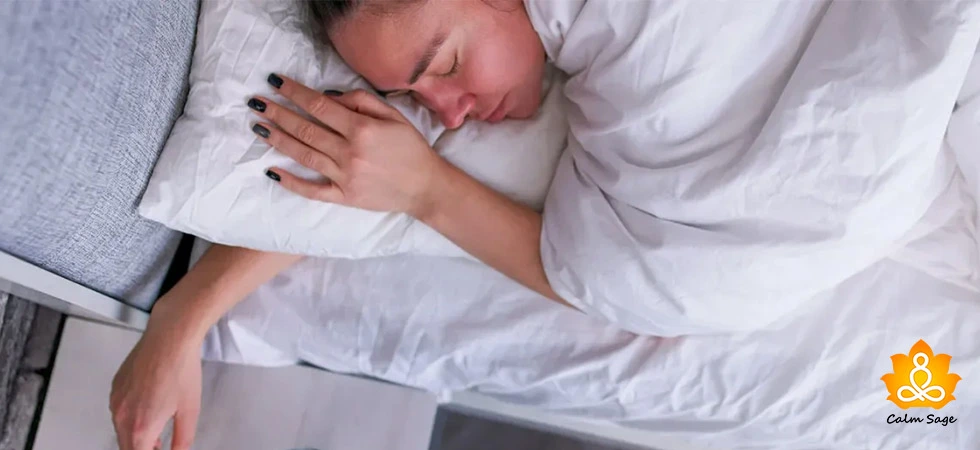Claustrophobia Guide- PS: You’re not alone

The fear of closed and tight spaces and fear of being trapped is referred to as Claustrophobia. Claustrophobia is a type of anxiety disorder. Meaning of claustrophobia is an irrational fear of closed spaces which can lead to extreme panicking. The claustrophobic feelings most occur in an elevator, airplane, tight clothes, closed room, no window room, and places that are small and closed.
Research says that claustrophobia is common. This phobia leads people to avoid certain places that are even not dangerous. The fear or phobia is irrational which creates anxiety and stress that leads to panic attacks, heart attack, and the probability of passing out in fear due to low oxygen intake.
This blog covers:
- Causes of Claustrophobia
- Signs of Claustrophobia
- Therapy options for Claustrophobia
Causes of Claustrophobia
The common cause of being claustrophobic is the imbalance of brain neurotransmitters. A normal person can also experience panic attack but a panic attack experienced when in a closed space is the sign of being claustrophobic. The person feels shakiness, dizziness, uncontrollable breathing, and fear of passing out.
Such people carry the urge to get out of the situation ASAP and it takes time to get the body and breathing back to normal after getting out of the situation. Panic attacks from being claustrophobic last for 10 to 15 minutes.
The least common chances of being claustrophobic are the feeling of being trapped or traumatized in the situation. Such instances basically show the sign of PTSD (Post-Traumatic Stress Disorder).
Signs of Claustrophobia
Some common signs or symptoms of Claustrophobia are:
- Dry mouth
- Chills or sweating
- Fear of being in crowded or confined places
- Numbness and headache
- Chest pain
- Nausea
- Confusion and disorientation
- Fainting, lightheadedness, and dizziness
- High blood pressure
- Accelerated heart rate
- Panic attack
- Paused movements or instant movements
Therapy options for Claustrophobia

Apart from medications, therapies for claustrophobia are also effective. The most commonly used therapy for treating claustrophobia is psychotherapy. Furthermore, different forms of counseling are also effective to overcome the fear and to manage the triggers.
Please note: If you or your loved one is experiencing such situations, Calm Sage highly recommends consulting a therapist or psychologist before jumping to any conclusion.
Below mentioned are the therapy options for the treatment of Claustrophobia:
1. Cognitive Behavioral Therapy (CBT)
CBT teaches you self-control and how to change negative thinking into a positive one. As per the name, the therapy works on an end-to-end conversational basis. It changes the views from negative to positive. CBT can also be performed through online therapy.
2. Rational Emotive Behavioral Therapy (REBT)
REBT is somewhat like CBT; the only difference is that it is action-oriented which mainly focuses on the present or moment. REBT alters unhealthy emotions, behaviors, and attitudes towards fear. The technique used for REBT is known as “disputing” for the development of healthy and realistic beliefs.
3. Relaxation and Visualization
Relaxation and visualization technique is basically learned to overcome the phobic situation or to handle the phobic situation. Relaxation and visualization techniques include backward counting or visualization of a safe or happy place. Such techniques and forms help to calm down the nerves and remove the panic from the body and mind.
4. Exposure Therapy
Exposure therapy is another commonly used therapy for the treatment of phobias, anxiety disorders, and irrational fears. The basic idea is to confront the situation and overcome your fear. The more you confront your fear, the easier it becomes to overcome.
Please note: If you or your loved one is experiencing such situations, Calm Sage highly recommends consulting a therapist or psychologist before jumping to any conclusion.
I hope this blog helps you to understand claustrophobia in brief. For more such content, follow Calm Sage on all social media platforms.
Thanks for reading!
More Relavant Articles:
Eating Disorder Online Support Groups and Where to find them
Will Online Therapy Program Work for You?
Best Online Marriage Counseling Programs To Revive The Relationship





















I can relate with all this my nephew also has the same problem, your guide surely helps him thanks
This is so relatable! I am claustrophobic :(